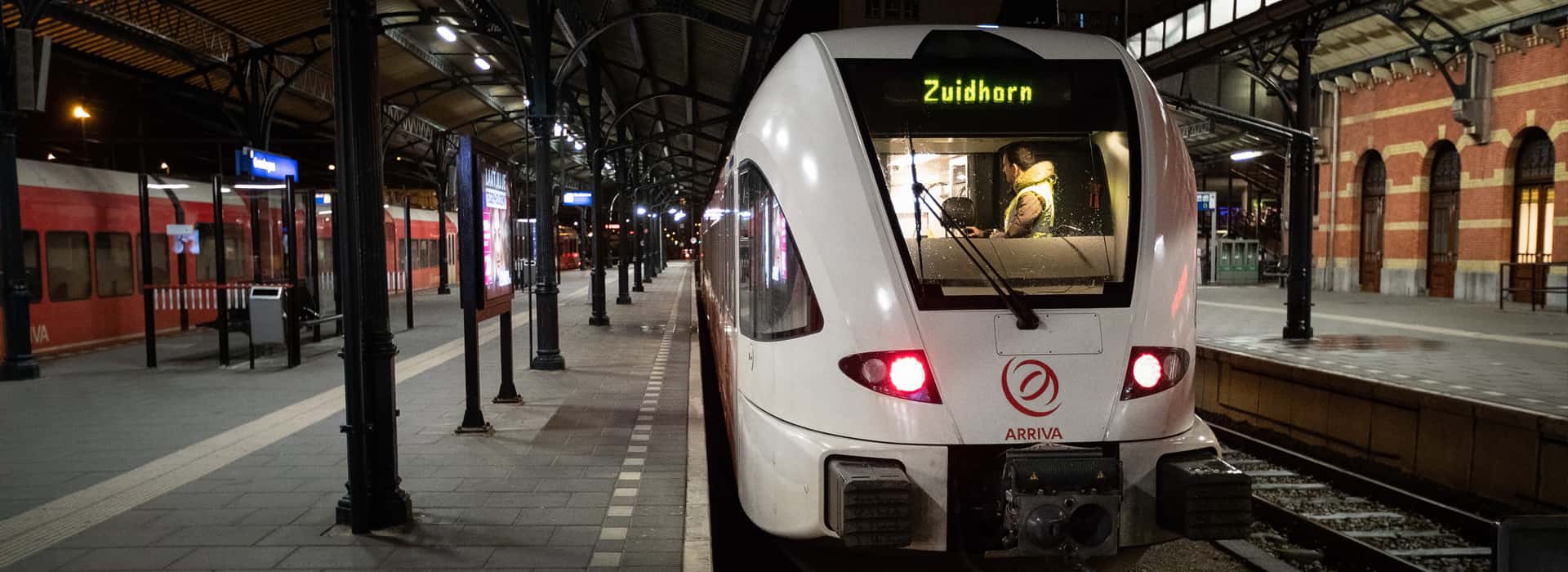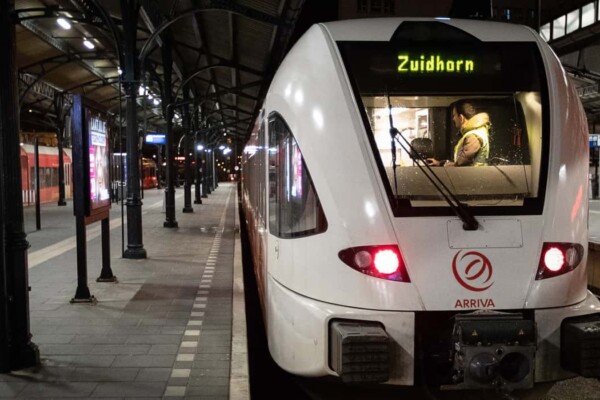Railway lines are getting busier and busier. This means more trains will be using the existing railway network over the coming years. Automatically operated trains could be a smart as well as innovative solution to this challenge. Railway lines are in fact ideally suited for autonomous transportation, due to the fact that trains already use prefixed tracks. Autonomous transportation contributes to more efficient use of railway lines, more sustainable transportation due to energy saving as well as a higher level of punctuality as train rides become more predictable and reliant.
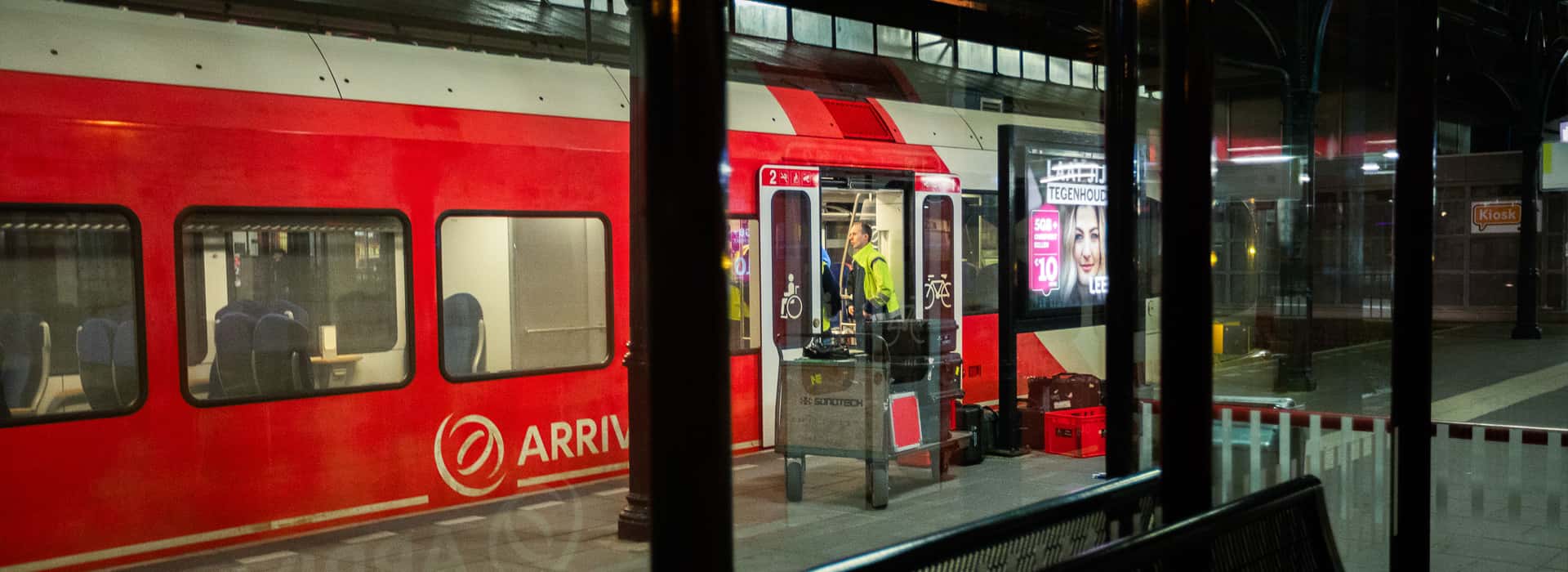
The automated driving of trains is also called ‘Automatic Train Operation’ (ATO). ATO is classified into different levels of automation. These levels are referred to as ‘Grade of Automation (GoA). The higher the grade, the higher the level of automation. There are four ATO grades:
- GoA 1: The train driver drives the train and is merely assisted by safety and support systems.
- GoA 2: Automated driving, yet the train driver remains responsible.
- GoA 3: The train driver can leave the driving seat and perform others tasks.
- GoA 4: Fully automated driving without on-train staff. In case of emergency, the train is remotely controlled.
The level of automation during ProRail testing is GoA 2. The train driver thus always remains fully responsible, as is currently the case.
Recent news
-
First test results automatically operated trains positive
Automatic Train Operation (ATO) allows more trains to run on existing railway lines. This is due to the fact that automatically operated trains run more punctually as is confirmed by ATO studies in Groningen. Another focus point of these studies was how travellers experience automatically operated train travelling. It appears travellers say there only is…
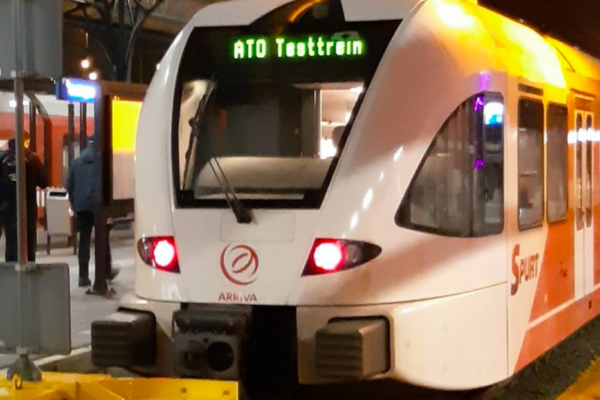
-
Passengers test ride autonomous train
Next Wednesday 12 February 2020 about 50 rail passengers are going to experience their first autonomous train ride. This shall happen between the cities of Groningen and Zuidhorn in the Provence of Groningen – as such a first in Dutch railways. Between 13 up to and including 17 February another 250 passengers shall participate in…
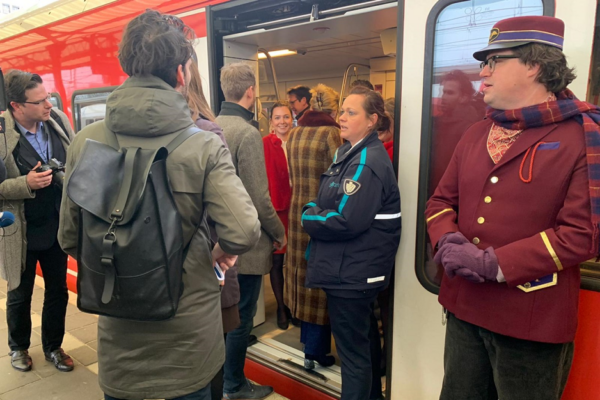
-
Hackatrain 2019 Official Aftermovie now available
Four years ago, Hackatrain launched what is now regarded as one of the most unique hackathons in the world.

